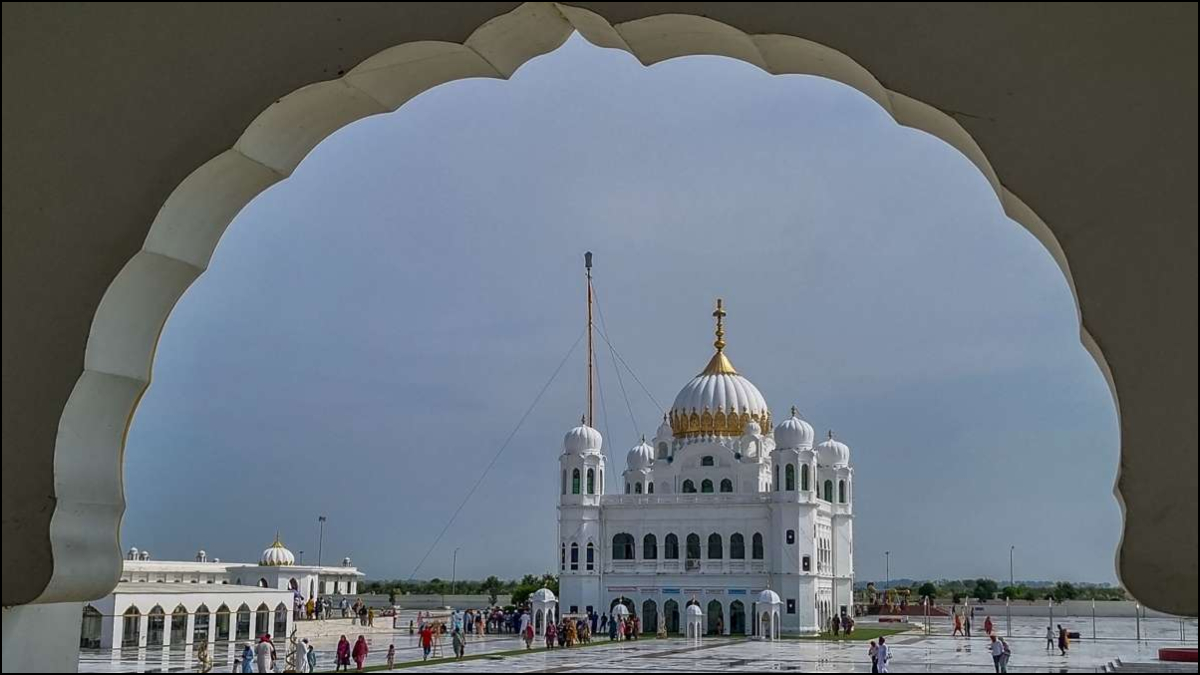World Heritage Day, or the Day for Monuments and Sites, is observed all over the world on April 18 to make people aware of the significance of cultural and natural heritage everywhere. The day calls for safeguarding and preserving important heritage sites for future generations. It is marked by several activities, including guided trips to monuments and heritage sites, conferences, roundtable meetings, and educational events.
All travelers know that the tales lend meaning to a place that makes it special. World Heritage Day is also known as the Day for Monuments and Sites, and is celebrated around the world as a day to commemorate the natural wonders and cultural sites that humanity has learned from throughout history.
World Heritage Day 2025 Theme
Each year, the Council on Monuments and Sites (ICOMOS) selects a theme for World Heritage Day, spotlighting a key issue relevant to heritage conservation. The theme for 2025 is “Disaster and Conflict Resilient Heritage".
World Heritage Day’s History
World Heritage Day traces its origins back to 1982 when the Council on Monuments and Sites (ICOMOS) proposed the idea of dedicating a day to celebrate and promote heritage awareness. The proposal was officially approved the following year by the General Assembly of UNESCO during its 22nd General Conference.
The event saw participation from nearly 10,000 members representing over 150 countries, including experts from diverse fields such as archaeology, geography, art, architecture, and civil engineering, among others.
World Heritage Day Significance
The aim behind the Day for Monuments and Sites, also called World Heritage Day, has always been to protect the breathtaking locations and significant monuments for future generations.
For instance, in 2023, under World Heritage Day’s theme of “Heritage Changes", two new Indian sites, sacred ensembles of the Hoysalas and Santiniketan, were added to the list. Each year on this day, experts from various fields come together to discuss and exchange knowledge about one another’s histories and customs.
Bhagavad Gita, Natyashastra Added To UNESCO’s Memory Of The World Register
The Shrimad Bhagavad Gita and Bharat Muni’s Natyashastra have also entered the United Nations Educational, Scientific and Cultural Organisation’s (UNESCO) Memory of the World Register.
Reacting to the addition of Shrimad Bhagavad Gita and Natyashastra, Prime Minister Narendra Modi on the social media platform X said that this a 'proud moment' for every Indian across the world.
He said, "A proud moment for every Indian across the world! The inclusion of the Gita and Natyashastra in UNESCO’s Memory of the World Register is a global recognition of our timeless wisdom and rich culture."
Union Minister for Culture and Tourism Gajendra Singh Shekhawat called it a 'historic moment' for India's civilisational heritage.
World Heritage Day Quotes
1. “Sometimes it is impossible to know where you are headed without reflecting on where you came from. Understanding your heritage, your roots and your ancestry is an important part of carving out your future." – Dr T.S. Ravisankara, former Director (Epigraphy) of the Archaeological Survey of India.
2. “Our aesthetic legacies define our national identity and cultural richness." – Carlos Fuentes, a Mexican author and essayist.
3. “If we don’t care about our past, we cannot hope for the future.. I care desperately about saving old buildings. – Jacqueline Kennedy Onassis, writer and former First Lady of the United States.
4. “Happiness is a very proud word of our whole cultural heritage." – Erich Fromm, a social psychologist and psychoanalyst.
5. “A concerted effort to preserve our heritage is a vital link to our cultural, educational, aesthetic, inspirational and economic legacies – all of the things that quite literally make us who we are." – Steve Berry, an American author.
Top 5 Must Visit Heritage Sites In India
1. Taj Mahal: An ivory-white marble mausoleum, the Taj Mahal is situated on the southern bank of the river Yamuna in Agra. It was commissioned in 1632 by the Mughal emperor, Shah Jahan. Construction is believed to have taken place between 1631 and 1648, with some finishing touches added until 1653. It remains one of the most iconic symbols of India’s rich Mughal heritage.
2. Hampi: Yet another heritage site in India is Hampi, the Vijayanagara Empire’s last capital from 1336 to 1565. However, ever since the Deccan Muslim confederacy took control of the city in 1565, it was abandoned. From time immemorial, the fortified city has continued to hold its significance as a culturally rich religious centre, with the incredible Virupaksha Temple, an Adi Shankara monastery, and various other monuments belonging to the same place.
3. Ajanta Caves: This historic site exemplifies one of the greatest Buddhist rock-cut architecture, a rare specimen of art, architecture, painting, socio-cultural, religious and political history of contemporary India. Over the years, Ajanta Caves has even influenced many artists.
4. Jaipur City: Also known as “The Pink City", the picturesque location has distinctive urban designs in its bazaars, forts, temples, palaces, and more, which are inspired by the Vedic architecture. Additionally, in 1876, Maharaja Ram Singh made a significant addition to the city’s beauty by painting most of the buildings pink in order to welcome Britain’s Queen Victoria with a warm welcome.
5. Khajuraho: This UNESCO World Heritage Site site is a group of Hindu and Jain temples in the Chhatarpur district of Madhya Pradesh, which are famous for their nagara-style architectural symbolism and erotic sculptures. It was built during the rule of the Chandela dynasty between 950 and 1050, and is still surviving.
Stay informed on all the latest news, real-time breaking news updates, and follow all the important headlines in india news and world News on Zee News.

 3 weeks ago
3 weeks ago


















